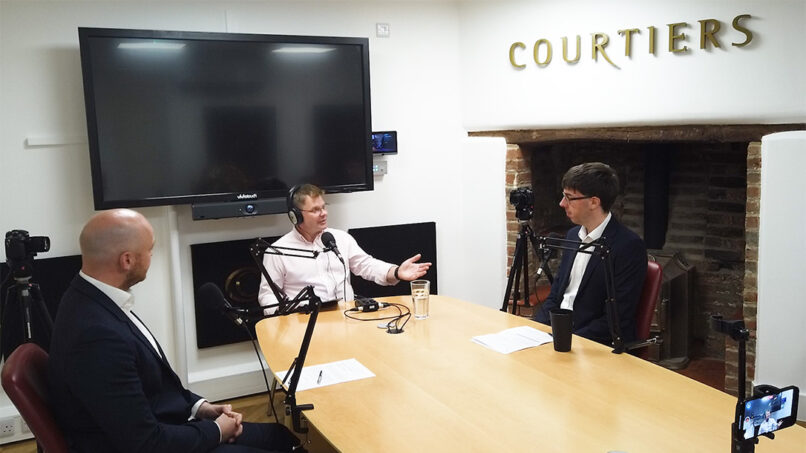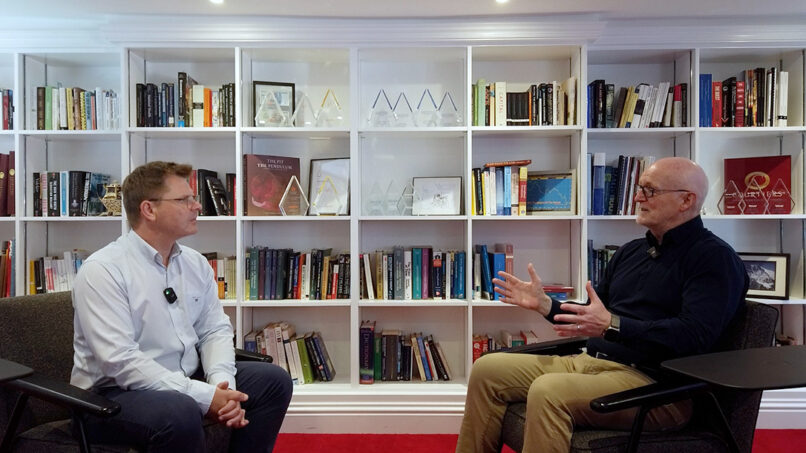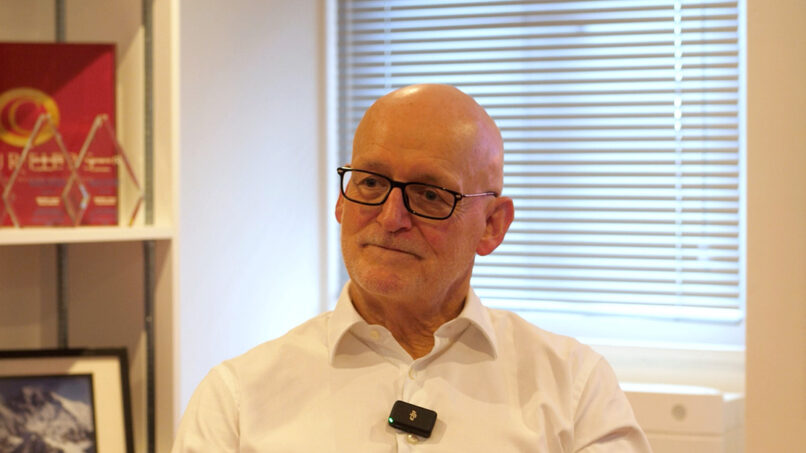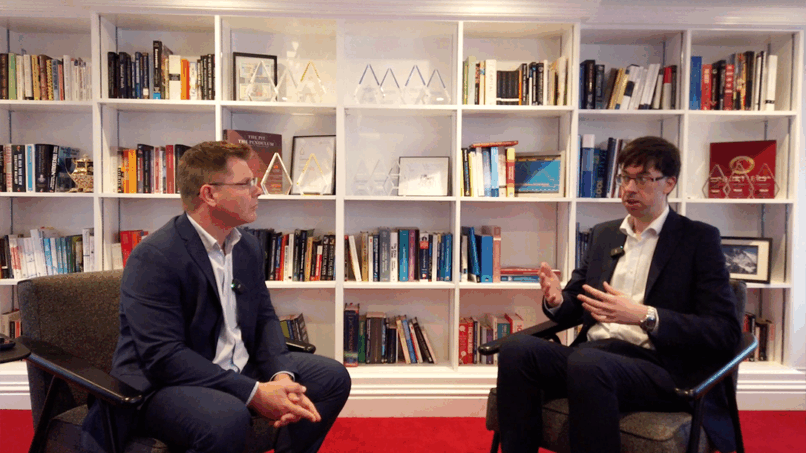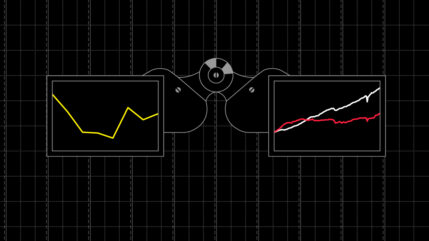What would you do if the £100,000 you had invested fell in value by £30,000 to £70,000? How would you react if it fell by £10,000 to £90,000? Would you cash in your investments, or would you accept the situation? Your responses to these questions could tell you a lot about your attitude to risk.
And that’s precisely why they are among the questions that clients are asked at the initial fact-finding meeting with their Courtiers Adviser, as well as at ongoing review meetings. The responses to these and other questions produces a Risk Score for each client, as well as a suggested risk level in one of seven potential overall Risk categories from High risk to No risk.
For a financial adviser, understanding and quantifying their clients’ attitude to risk is an essential aspect of their role, and a key element in developing an in-depth knowledge of clients as individuals. This is not confined to the fact-finding aspect of an initial meeting with a client. Advisers also consider their clients’ attitude to risk over time, with regular financial review meetings being a good opportunity to assess whether there has been any change – perhaps caused by a change in their circumstances.
Why does a person’s attitude to risk matter?
Understanding a client’s attitude to risk is absolutely essential when it comes to Advisers helping their clients make decisions about investments and other financial products.
The Financial Conduct Authority (FCA) is concerned that people are being encouraged to invest in financial products that are unsuitable for them and fail to meet their needs. In April 2021, the FCA warned that it intended to tighten up the rules, after a survey found that 45% of respondents did not consider losing money as a potential risk of investing. The regulator suggested that one possible measure might be to ask people to pass a test to show they understood the product before being allowed to invest in it.
While all investing involves some element of risk, some types of assets are inherently riskier than others. Investing in cryptocurrencies is riskier than putting your money into equities, and they in turn are more volatile than government bonds. Without an Adviser having an accurate idea of a client’s attitude to risk, the client could potentially end up with investments, or other financial products, which not only make them feel uncomfortable but that are unsuitable and don’t meet their needs.
It is important to understand that a person’s risk score is an overall figure and doesn’t dictate each and every individual financial decision they take. One person, whose overall risk score works out as average might be prepared to invest in some higher than average risk assets and some lower than average risk assets, which taken together would be compatible with their overall risk score. However, another person with an average risk score overall might decide to put all their money into Courtiers Total Return Cautious Fund, which according to its Key Investor Information factsheet has a risk profile of four (out of seven possible risk categories).
Courtiers three Multi-Asset Funds, Total Return Cautious Risk Fund, Total Return Balanced Risk Fund and Total Return Growth Fund are designed to appeal to investors with varying risk appetites.
Individuals’ attitudes to risk may not always appear consistent. Someone might buy an annuity, which guarantees an income for life to cover their core needs, but also invest some of their money in high risk but potentially high return assets, such as cryptocurrencies. Taken together this might be consistent with an average risk score.
In general people expect to receive a higher return to compensate them for taking a higher level of risk.
Attitude isn’t everything
A proper assessment of whether a particular investment is appropriate for an individual goes beyond their willingness to take on risk and accept potential losses. It also includes their ability to take on risk – their risk capacity. This is defined as the ability or capacity to absorb a downturn in the market.
The two, of course are often linked. For example, someone who holds three years’ cash in the bank may be more willing to take a higher level of risk than someone whose income depends on those assets and who doesn’t have the same level of savings to fall back on if the market drops. On the other hand, someone who has relatively few assets may be prepared to risk it all and go for broke in an effort to turn their fortunes around.
Another vital aspect of establishing whether a specific investment or financial product is suitable for a particular individual is determining if they have the necessary experience and knowledge to understand the risks involved in investing in a particular asset or choosing a particular financial product. When assessing attitude to risk, Courtiers Advisers ask clients about their previous investment experience.
While assessing a person’s risk capacity (capacity for loss), Advisers also assess their tolerance for loss, i.e. their psychological reaction to a market downturn. There may be a situation where a client has the capacity to take on a certain level of risk, but doesn’t have the appetite for this level of risk and associated volatility. For example, it might lead to sleepless nights.
Assessing the suitability of clients in the ways outlined is not only ethical and good business practice, it is also an FCA requirement.
Other types of risk
In assessing how much risk a person is willing to accept, it is important to consider other types of risk.
- Inflationary Risk
This is the risk that real value of investments is eroded by inflation. At times of high inflation, it could be deemed riskier to hold low risk assets, such as cash deposits and National Savings, whose real value i.e. purchasing power is eroded by rising prices than to take more risk by investing in equities, which may have greater potential to generate returns that at least match inflation.
- Liquidity Risk
This is the risk that comes, for example, by investing in obscure shares or in illiquid assets, such as property that you may not be able to sell quickly or easily. The difficulties some investors had in early 2020 withdrawing their money from some property unit trusts is a good example. Courtiers minimises this risk by investing in assets that are liquid and can be easily and quickly sold.
What other factors determine attitude to risk?
Research from Cass Business School found that women are more risk averse than men when it comes to investing.
The study also found that young and old people are more risk-averse than middle-aged people. Young people and retirees are particularly loss averse.
Risk and loss aversion are also linked to people’s personalities and their emotional state. Optimists are less risk and loss averse than pessimists, while tense individuals have high levels of risk aversion.
Risk and loss aversion decline as a person’s level of financial understanding grows.
The longer you have to invest, generally the more risk you can afford to take. One reason is that more time in the market gives volatile investments, such as equities longer to recover, allowing investors to benefit from their strong long-term performance.
Traditionally people have switched to safer less risky assets, particularly government bonds as they move towards retirement. The 2015 Pension Freedoms allowed more people to stay invested in the markets rather than having to use their pension fund to buy an annuity. This in turn led to many people’s investment horizon being extended, especially those individuals that wanted to continue working beyond their pension policy’s ‘Normal Retirement Date’.
People’s attitude to risk and their capacity to take it on are constantly changing.
Risk and meeting objectives
The relationship between a person’s attitude to risk and their financial goals is not always a straightforward one. While the two can often be in harmony, there can also be inconsistencies. For example, it is unrealistic for an investor whose objective is to maintain the value of their investment portfolio to withdraw 7% of their capital each year when the fund’s projected growth is just 3%.
A good financial adviser will identify this inconsistency, and through the use of cashflow modelling tools can work with their client to find a solution.
Conclusion
There is a risk in everything we do. And that includes investing and selecting financial products. A consistent approach among Courtiers Client Advisers means that those risks can be identified, quantified and monitored, so that decisions about investments and financial products can remain in line with a client’s attitude to risk and risk capacity.


